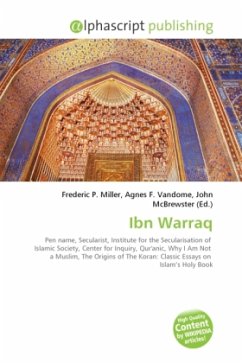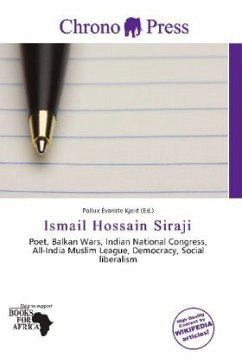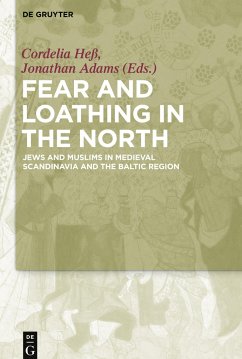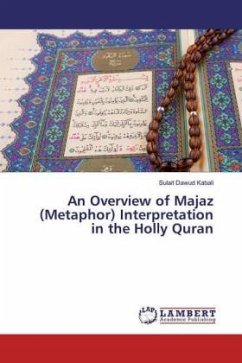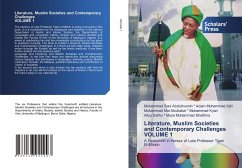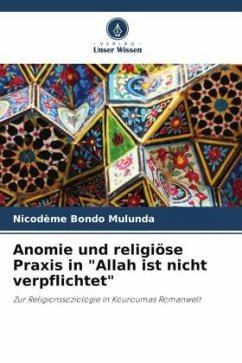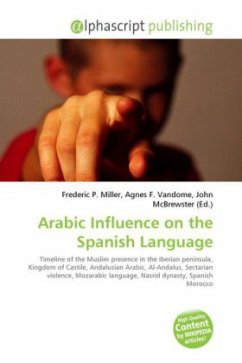
Arabic Influence on the Spanish Language
Versandkostenfrei!
Versandfertig in 6-10 Tagen
26,99 €
inkl. MwSt.

PAYBACK Punkte
13 °P sammeln!
Arabic influence on the Spanish language has been significant, due to the Islamic presence in the Iberian peninsula between 711 and 1492 A.D. (see Al-Andalus). Modern day Spanish language (also called castellano in Spanish) first appeared in the small Christian Kingdom of Castile in Northern Spain during this period of Islamic domination over most of the Iberian peninsula. As a result, the language was influenced by Andalusi Arabic practically from its inception. Arabic imprint on the language increased as the Kingdom of Castile expanded into Muslim lands where the Castilian language had never...
Arabic influence on the Spanish language has been significant, due to the Islamic presence in the Iberian peninsula between 711 and 1492 A.D. (see Al-Andalus). Modern day Spanish language (also called castellano in Spanish) first appeared in the small Christian Kingdom of Castile in Northern Spain during this period of Islamic domination over most of the Iberian peninsula. As a result, the language was influenced by Andalusi Arabic practically from its inception. Arabic imprint on the language increased as the Kingdom of Castile expanded into Muslim lands where the Castilian language had never been spoken and as arabized Christians (Mozarabs) from Al Andalus emigrated northwards during times of sectarian violence, and particularly as a result of the Almoravid conquest in the 12th century. Although the degree to which Arabic percolated the peninsula is the subject of academic debate, it is generally agreed that Arabic was used among the local elites and local Arabic-influenced Romance dialects, known collectively as Mozarabic were more prevalent as the vernacular language.



